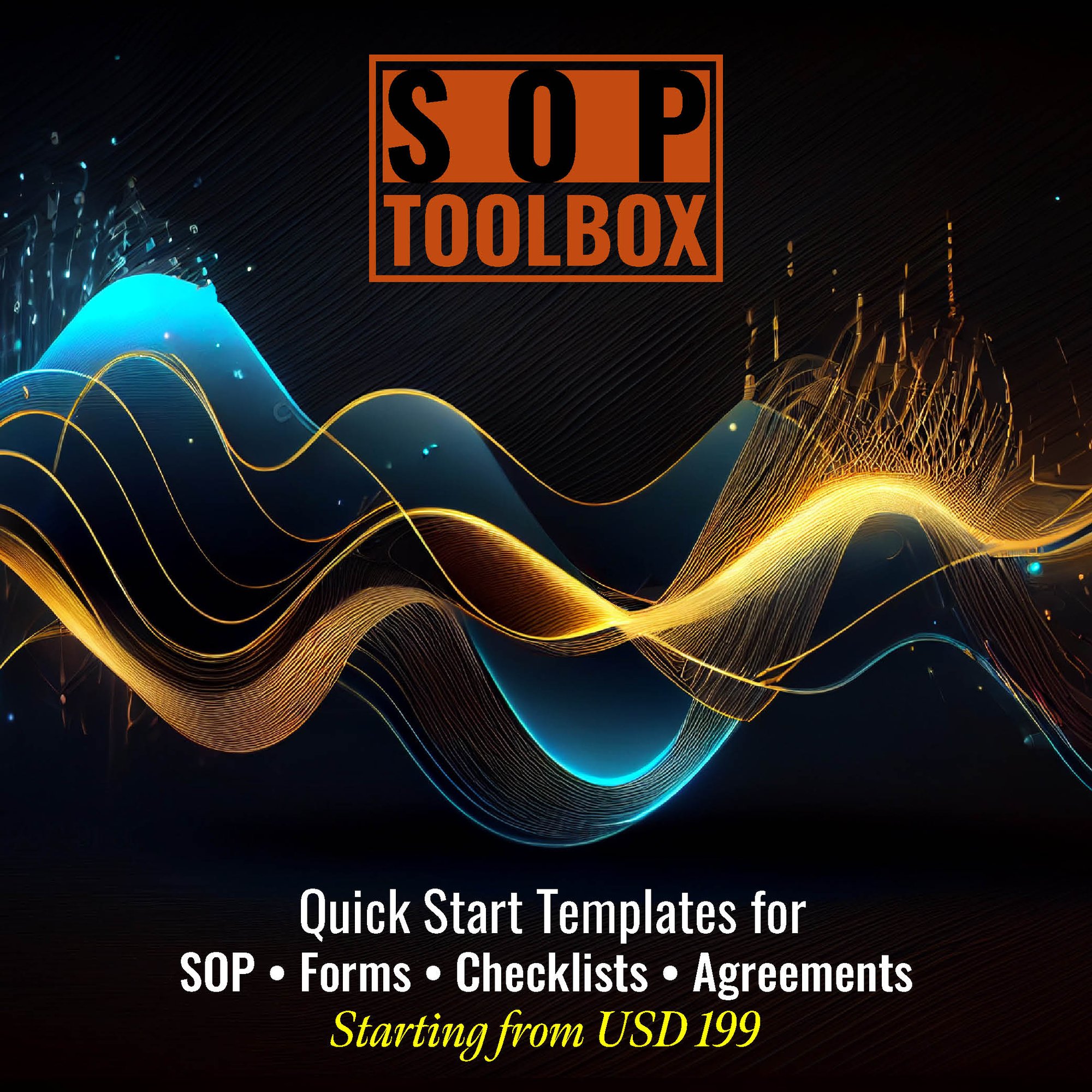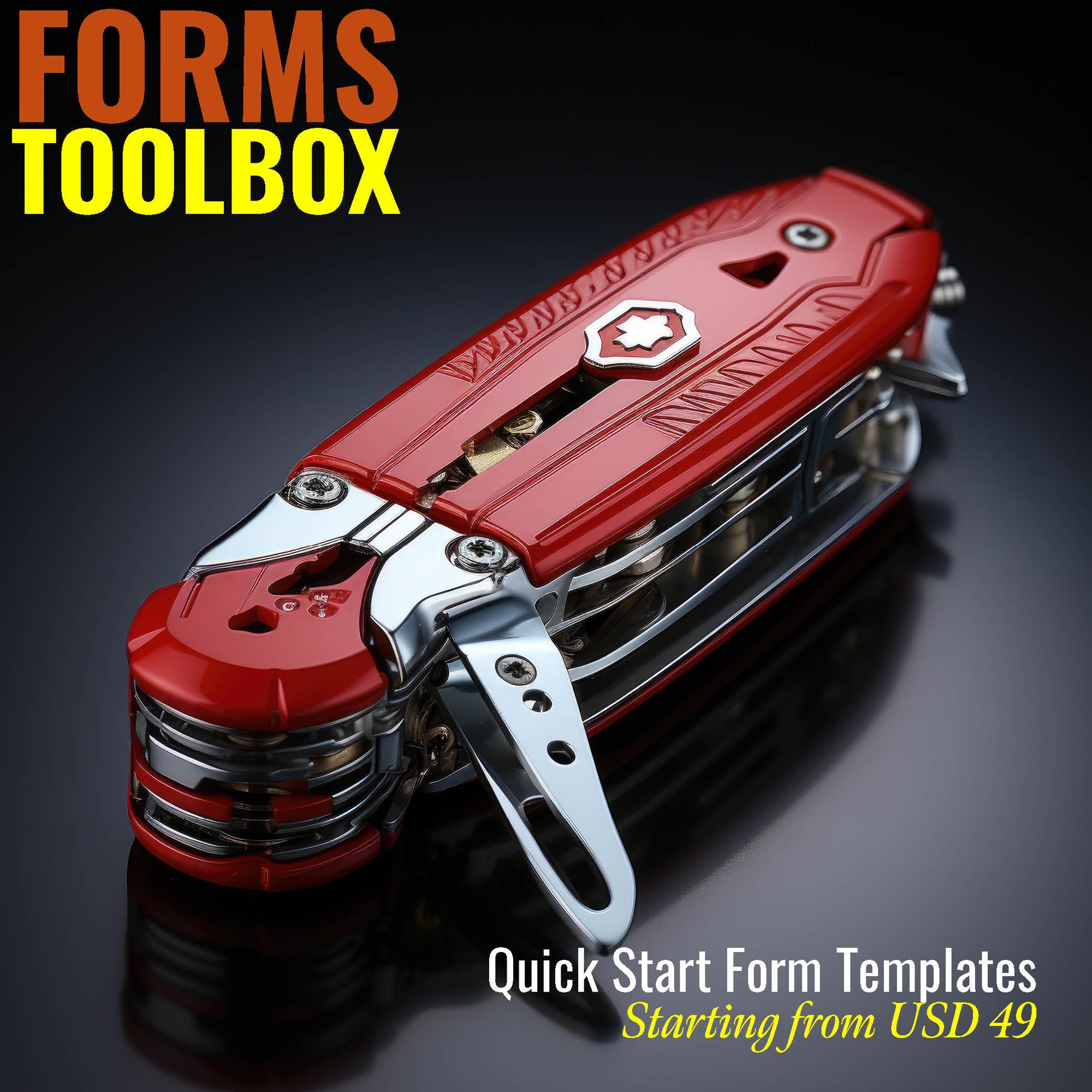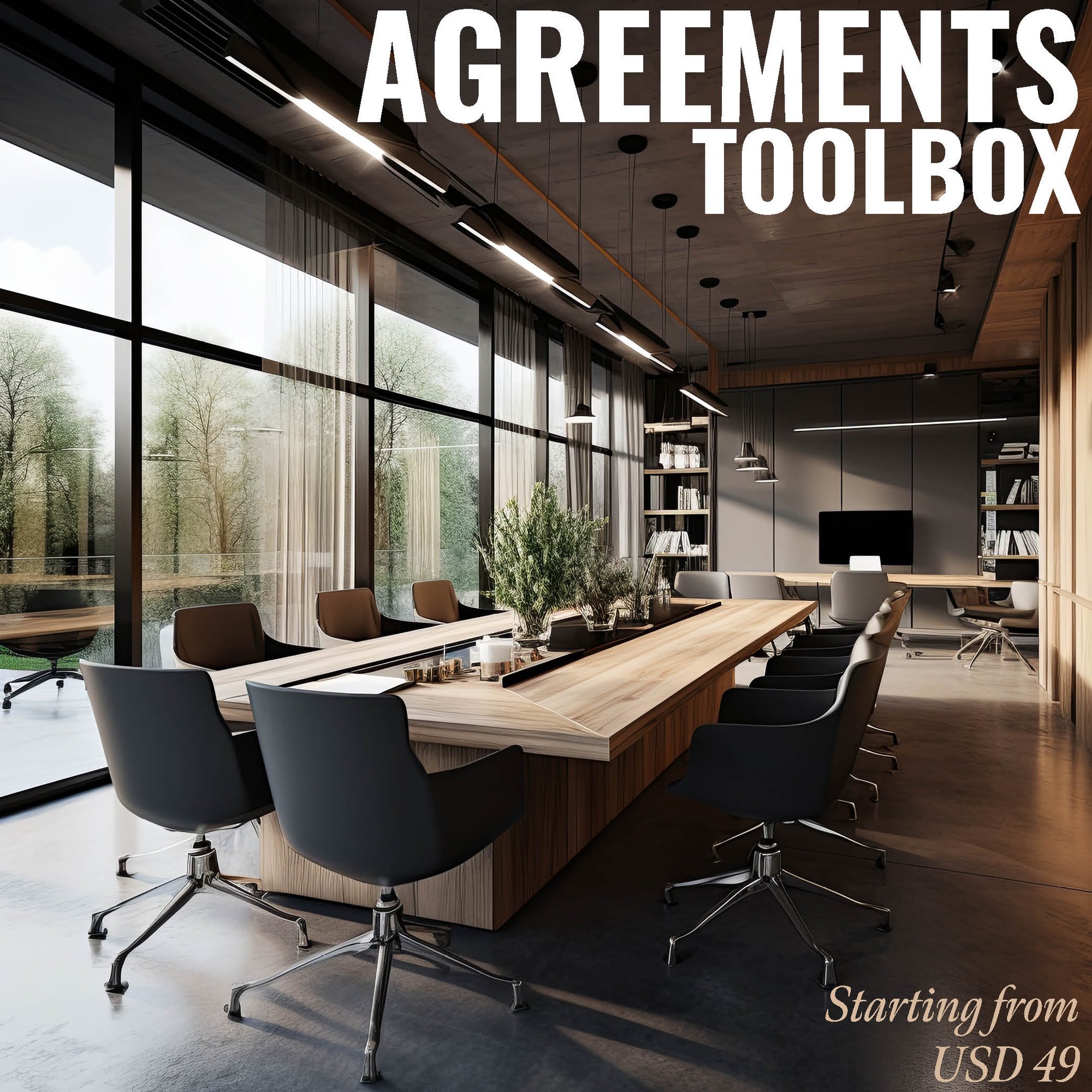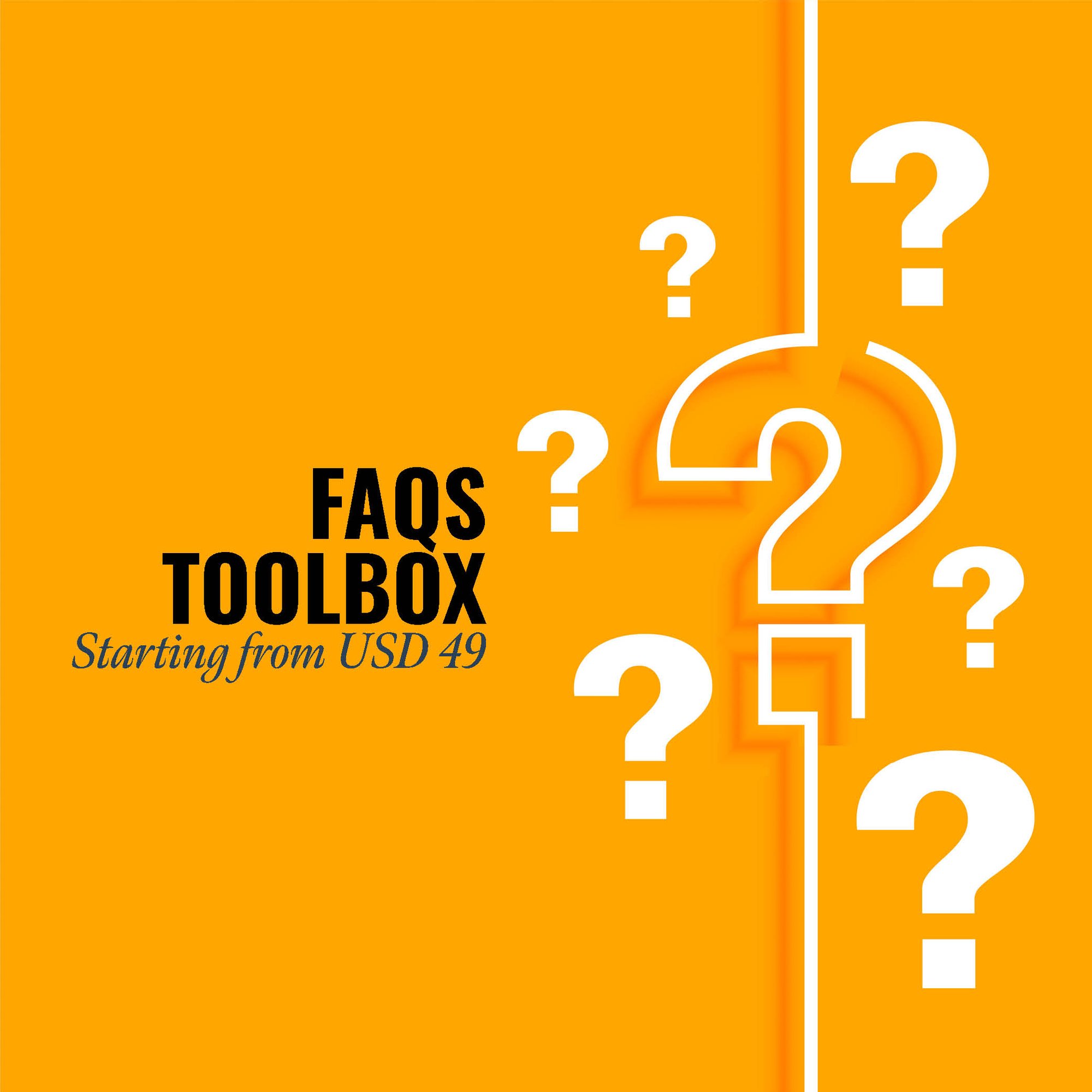The benefits of an SOP (Standard Operating Procedure) Manual for Dry Pea and Bean Farming are substantial in ensuring efficient, sustainable, and high-quality agricultural practices. Firstly, the manual establishes standardized procedures for planting, cultivation, and harvesting, ensuring consistency and quality in the farming process.
Secondly, it serves as a crucial training resource, ensuring that farm personnel understand and adhere to best practices, safety protocols, and pest management techniques. This contributes to a skilled and knowledgeable agricultural workforce.
Thirdly, the SOP manual aids in risk management by outlining procedures for irrigation, disease control, and weather-related challenges, mitigating potential issues related to crop health and yield.
Moreover, the manual supports regulatory compliance, helping farms align with agricultural standards, environmental regulations, and safety guidelines. This is crucial for maintaining the integrity, sustainability, and legal compliance of dry pea and bean farming operations. In essence, the SOP Manual for Dry Pea and Bean Farming offers benefits in optimizing operations, ensuring quality, and navigating the complexities of legume cultivation.
CLICK HERE to download the List of SOPs Document in PDF format. Please share this document with your clients, colleagues and senior officers.
Top 50 Standard Operating Procedures (SOPs) for Dry Pea and Bean Forming
SOP-299-001: Standard Operating Procedure for Seed Selection
SOP-299-002: Standard Operating Procedure for Soil Preparation
SOP-299-003: Standard Operating Procedure for Planting
SOP-299-004: Standard Operating Procedure for Irrigation
SOP-299-005: Standard Operating Procedure for Fertilization
SOP-299-006: Standard Operating Procedure for Weed Control
SOP-299-007: Standard Operating Procedure for Pest Management
SOP-299-008: Standard Operating Procedure for Disease Prevention
SOP-299-009: Standard Operating Procedure for Crop Monitoring
SOP-299-010: Standard Operating Procedure for Harvest Timing

SOP-299-011: Standard Operating Procedure for Harvesting Equipment Preparation
SOP-299-012: Standard Operating Procedure for Mechanical Harvesting
SOP-299-013: Standard Operating Procedure for Hand Harvesting
SOP-299-014: Standard Operating Procedure for Post-Harvest Inspection
SOP-299-015: Standard Operating Procedure for Transport to Processing Facility
SOP-299-016: Standard Operating Procedure for Cleaning and Sorting
SOP-299-017: Standard Operating Procedure for Blanching
SOP-299-018: Standard Operating Procedure for Peeling and Removal of Husks
SOP-299-019: Standard Operating Procedure for Cooking or Boiling
SOP-299-020: Standard Operating Procedure for Forming and Shaping
SOP-299-021: Standard Operating Procedure for Drying
SOP-299-022: Standard Operating Procedure for Cooling
SOP-299-023: Standard Operating Procedure for Inspection and Quality Control
SOP-299-024: Standard Operating Procedure for Packaging
SOP-299-025: Standard Operating Procedure for Labeling
SOP-299-026: Standard Operating Procedure for Storage
SOP-299-027: Standard Operating Procedure for Inventory Management
SOP-299-028: Standard Operating Procedure for Equipment Cleaning and
Sanitization
SOP-299-029: Standard Operating Procedure for Pest Control in Storage
SOP-299-030: Standard Operating Procedure for Allergen Control

SOP-299-031: Standard Operating Procedure for Employee Hygiene
SOP-299-032: Standard Operating Procedure for Equipment Calibration
SOP-299-033: Standard Operating Procedure for Maintenance and Repairs
SOP-299-034: Standard Operating Procedure for Waste Management
SOP-299-035: Standard Operating Procedure for Water Quality Control
SOP-299-036: Standard Operating Procedure for Employee Training
SOP-299-037: Standard Operating Procedure for Health and Safety Protocols
SOP-299-038: Standard Operating Procedure for Environmental Compliance
SOP-299-039: Standard Operating Procedure for HACCP (Hazard Analysis and Critical Control Points)
SOP-299-040: Standard Operating Procedure for GMP (Good Manufacturing
Practices)
SOP-299-042: Standard Operating Procedure for Product Traceability
SOP-299-043: Standard Operating Procedure for Record Keeping
SOP-299-044: Standard Operating Procedure for Regulatory Compliance
SOP-299-045: Standard Operating Procedure for New Product Development
SOP-299-046: Standard Operating Procedure for Customer Complaint Handling
SOP-299-047: Standard Operating Procedure for Shelf-Life Testing
SOP-299-048: Standard Operating Procedure for Nutritional Labeling
SOP-299-049: Standard Operating Procedure for Product Sampling
SOP-299-050: Standard Operating Procedure for Equipment Validation
SOP ToolBox: If you are reading these lines, I am sure you are looking for Standard Operating Procedure guidelines or SOPs itself. In both the cases, searching in internet will not be yielding any great help. Because no company shares their SOP Development Process and certainly don’t share their SOP Documents. The best way to develop an SOP is creating one for yourself. At Fhyzics, we write SOPs day-in and day-out for companies across the globe including some of the Fortune 500 organisations. Our charge ranges from USD 5000 to USD 50000 depending upon the number of processes to be covered. Certainly, this is not affordable to small and mid-size organisations. Hence, we decided to create this SOP ToolBox to disseminate our 8-Step SOP Development Life-Cycle and best practices at an unbelievably low price.
I always say, writing an SOP is somewhere between art and science. So far you may be clueless on where to start and how to progress on an SOP? This will not be the case after you diligently go through this SOP ToolBox. We have summarised all our secrets here to get you started and to deliver a stunning SOP to your management.
- First stage is to sow the beans in a container or garden pot take the wide faced pot with at least 12 depth and well-drainage system.
- After that make a perfect potting soil with equal parts of sphagnum moss or organic compost, pasteurized soil and vermiculite fertilizer or manure.
- Keep the pH level absolutely faultless, while preparing the potting soil.
- Now, sow the seeds an inch deep in the soil and cover them up with some more potting mixture.
- You can plant 4 to 6 seeds separately two or three places in one normal sized garden container.
- After that, water the seeds with a sprayer and keep the soil moisture until the germination.
- Place the container near a sunny windowsill to provide 6 to 8 hours of direct sunlight to the plants.
- Once, the seeds start germinating water more frequently and remove any kind of shade or shadow from your or near your.
- Finally beans take 45 to 655 days to reach the ripe from, while the plant in a container.
- Bean farming, dry, field and seed production.
- Cowpea farming, dry, field and seed production
- Garbanzo farming, dry, field and seed production
- Lentil farming, dry, field and seed production
- Lima bean farming, dry, field and seed production
- Pea farming, dry, field and seed production
- North Pulse Growers Association (NPGA).
- Potash Development Association (PDA).
- ISO 9001: 2008
- ISO 14902: 2005
- ISO 3297: 2007
- ISO 9001: 2015
- ISO 22000: 2005
- Spokane Seed Company | Spokane Valley | United State of America | www.spokaneseed.com |
- Viterra USA LLC | Minneapolis | United State of America | viterrausa.com |
- Erwin- Keith Inc | Wynne | United State of America | www.progenyag.com |
- Pure Line Seeds Inc | Moscow | United State of America | www.purelineseed.com |
- Camden Intl Cmmdities Trml LLC | West Deptford | United State of America | www.camterm.com |
- Zolman Farms Inc | Warsaw | United State of America | www.zolmanfarms.com |
- AK Acres Popcorn Co | Imperial | United State of America | www.akacres.com |
- Rhea Brothers LLC | Arlington | United State of America | www.dehyalfalfamills.wordpress.com |
- Treasure Valley Seed Company | Denver | United State of America | www.trinidadbenham.com |
Our SOP Templates’ clients are from the following States and Countries:
Alabama, Alaska, Arizona, Arkansas, California, Colorado, Connecticut, Delaware, Florida, Georgia, Hawaii, Idaho, Illinois, Indiana, Iowa, Kansas, Kentucky, Louisiana, Maine, Maryland, Massachusetts, Michigan, Minnesota, Mississippi, Missouri, Montana, Nebraska, Nevada, New Hampshire, New Jersey, New Mexico, New York, North Carolina, North Dakota, Ohio, Oklahoma, Oregon, Pennsylvania, Rhode Island, South Carolina, South Dakota, Tennessee, Texas, Utah, Vermont, Virginia, Washington, West Virginia, Wisconsin, Wyoming.
Afghanistan, Albania, Algeria, Andorra, Angola, Antigua and Barbuda, Argentina, Armenia, Australia, Austria, Azerbaijan, Bahamas, Bahrain, Bangladesh, Barbados, Belarus, Belgium, Belize, Benin, Bhutan, Bolivia, Bosnia and Herzegovina, Botswana, Brazil, Brunei Darussalam, Bulgaria, Burkina Faso, Burundi, Cabo Verde, Cambodia, Cameroon, Canada, Central African Republic, Chad, Chile, China, Colombia, Comoros, Congo (Republic of the), Costa Rica, Croatia, Cuba, Cyprus, Czech Republic (Czechia), Democratic People’s Republic of Korea (North Korea), Democratic Republic of the Congo, Denmark, Djibouti, Dominica, Dominican Republic, Ecuador, Egypt, El Salvador, Equatorial Guinea, Eritrea, Estonia, Eswatini, Ethiopia, Fiji, Finland, France, Gabon, Gambia, Georgia, Germany, Ghana, Greece, Grenada, Guatemala, Guinea, Guinea-Bissau, Guyana, Haiti, Honduras, Hungary, Iceland, India, Indonesia, Iran, Iraq, Ireland, Israel, Italy, Jamaica, Japan, Jordan, Kazakhstan,Kenya, Kiribati, Kuwait, Kyrgyzstan, Lao People’s Democratic Republic (Laos), Latvia, Lebanon, Lesotho, Liberia, Libya, Liechtenstein, Lithuania, Luxembourg, Madagascar, Malawi, Malaysia, Maldives, Mali, Malta, Marshall Islands, Mauritania, Mauritius, Mexico, Micronesia (Federated States of), Moldova, Monaco, Mongolia, Montenegro, Morocco, Mozambique, Myanmar (Burma), Namibia, Nauru, Nepal, Netherlands, New Zealand, Nicaragua, Niger, Nigeria, North Macedonia (formerly Macedonia), Norway, Oman, Pakistan, Palau, Panama, Papua New Guinea, Paraguay, Peru, Philippines, Poland, Portugal, Qatar, Republic of Korea (South Korea), Republic of the Congo, Romania, Russian Federation (Russia), Rwanda, Saint Kitts and Nevis, Saint Lucia, Saint Vincent and the Grenadines, Samoa, San Marino, Sao Tome and Principe, Saudi Arabia, Senegal, Serbia, Seychelles, Sierra Leone, Singapore, Slovakia, Slovenia, Solomon Islands, Somalia, South Africa, South Sudan, Spain, Sri Lanka, Sudan, Suriname, Sweden, Switzerland, Syrian Arab Republic (Syria), Tajikistan, Thailand, Timor-Leste, Togo, Tonga, Trinidad and Tobago, Tunisia, Turkey, Turkmenistan, Tuvalu, Uganda, Ukraine, United Arab Emirates, United Kingdom of Great Britain and Northern Ireland, United Republic of Tanzania, United States of America, Uruguay, Uzbekistan, Vanuatu, Venezuela, Viet Nam, Yemen, Zambia, Zimbabwe.
Fhyzics supports organisations in developing the following documentations:
Standard Operating Procedures (SOPs), Work Instructions, Policies and Procedures, Process Flow Diagrams, Job Descriptions, Training Manuals, Employee Handbooks, Compliance Guidelines, Quality Assurance Manuals, Health and Safety Procedures, Risk Management Plans, Business Continuity Plans, Internal Audit Procedures, Incident Reporting Forms, Performance Management Guidelines, Change Management Procedures, Vendor Management Guidelines, Customer Service Protocols, IT Security Policies, IT Support Documentation, Disaster Recovery Plans, Operational Checklists, Data Management Policies, Confidentiality Agreements, Non-Disclosure Agreements, Employee Onboarding Procedures, Employee Exit Procedures, Performance Appraisal Forms, Employee Code of Conduct, Conflict Resolution Procedures, Product Development SOPs, Supply Chain Management Guidelines, Procurement Guidelines, Inventory Management SOPs, Shipping and Receiving Procedures, Production Scheduling SOPs, Maintenance Procedures, Equipment Calibration Documents, Environmental Compliance Documentation, Sustainability Policies, Customer Feedback Forms, Marketing Strategies, Advertising Guidelines, Brand Management Guidelines, Product Packaging SOPs, Laboratory Testing Procedures, Regulatory Compliance Documentation, Tax and Accounting Procedures, Contract Management Procedures, Legal Compliance Guidelines, Financial Reporting Procedures, Budgeting Procedures, Internal Control Procedures, Fraud Prevention Policies, Asset Management Guidelines, Purchase Order Procedures, Sales and Distribution Guidelines, Client Contracts, Customer Return Policies, Internal Communication Protocols, Vendor Evaluation Forms, Product Safety Standards, Workplace Health and Safety Standards, Public Relations Procedures, Social Media Management Guidelines, Crisis Management Plans, Employee Grievance Procedures, Privacy and Data Protection Policies, Digital Transformation Guidelines, Innovation Management Procedures, Continuous Improvement Guidelines, Strategic Planning Documents, Corporate Social Responsibility (CSR) Guidelines, Audit Trails and Records, Employee Training and Development Records, Succession Planning Documents, Talent Acquisition Procedures, Team Collaboration Protocols, Employee Benefit Plans, Workplace Diversity Guidelines, Time and Attendance Tracking, Payroll Procedures, Employee Leave Policies, Conflict of Interest Policy, Emergency Response Procedures, Environmental Impact Assessment Procedures, Transportation and Logistics Procedures, Inventory Control Forms, Warehouse Management Guidelines, Product Lifecycle Management SOPs, Customer Satisfaction Surveys, Third-Party Risk Assessment Guidelines, Technology Adoption Policies, Software Licensing Guidelines, Security Incident Response Procedures, Supply Chain Risk Management Policies, Product Recall Procedures, Food Safety Guidelines, Employee Wellness Programs, Workplace Ergonomics Guidelines.





.jpg?width=645&height=337&name=Standard%20Operating%20Procedure%20-%20SOP%20ToolBox%20(1).jpg)











